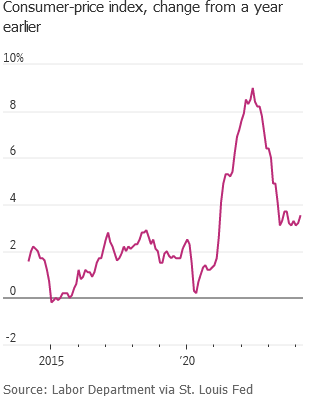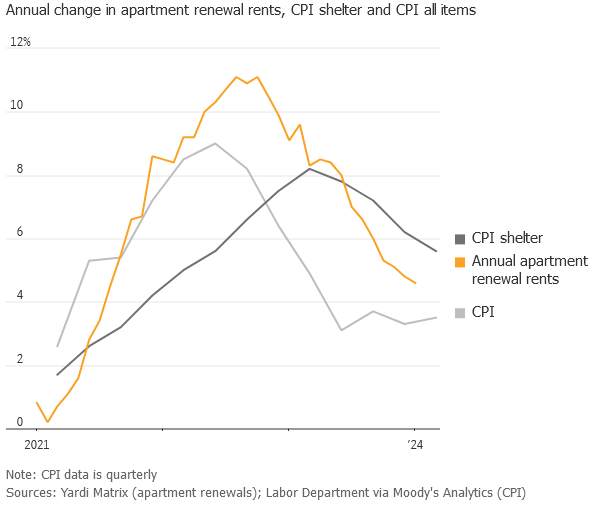Progressive-Democrat President Joe Biden has raised the tariff on steel imports from The People’s Republic of China, a tariff former President Donald Trump initiated (although Trump badly diluted the effect and importance of the tariff by applying it against our allies, also). The Wall Street Journal‘s editors are in a bodice-ripping panic attack over Biden’s move.
Didn’t President Biden promise a better trade policy than his predecessor? Well, he now appears to be in a race with Donald Trump to be Protectionist in Chief. Witness his pitch for new tariffs at a campaign stop on Wednesday in Pittsburgh.
The editors’ angst also is broadly irrational (which is the nature of angst, but it’s irrational in another way, too).
Steel making is energy-intensive, and Mr Biden’s green energy agenda threatens to make US companies less competitive.
That’s also true, but it’s wholly irrelevant to the question of tariffs, which is the subject of the editors’ hysteria. The editors also seem unable to discriminate between two primary types of tariffs.
There are tariffs for protectionism, and these are dismal failures.
There are tariffs for foreign policy, and these can be dismal failures or outstanding successes, depending on the underlying policy and the moral and political courage of politicians to set serious tariffs and then strictly enforce them.
Tariffs against People’s Republic of China steel imports could, and should, fall into the latter category; the broad underlying foreign policy is one of making it supremely expensive to do any sort of business with the enemy nation.
For my money, Biden’s PRC steel tariff is just virtue-signaling as he continues to kowtow to the PRC otherwise all across the board. He needs to deepen his steel tariff and extend it across a broad and deep range of PRC exports. In parallel, he needs—and Congress needs to support him—to make it supremely expensive for American businesses to export technology-related goods and services, and to transfer intellectual property and knowledge, to the PRC.
An example of Biden’s kowtowing is his expected move to cancel
The Ambler Access Road project…that would connect a mining district in west-central Alaska to the Dalton Highway that runs through the middle of the state. The operations in the mining district could provide a steady domestic supply of copper, zinc, lead, gold, silver, and cobalt, which are strategic elements needed for manufacturing wind turbines, solar panels, transmission lines, and electric vehicle batteries.
Such a move would continue our dependence on the PRC for our own “green” energy and transportation economy.
Foreign policy tariffs will, indeed, carry domestic costs, including protectionist tariffs’ higher prices for domestically produced goods and services.
But in what fantasy world does anyone think any war—and we are in one with the PRC, no matter the lack, so far, of a kinetic aspect—is entirely bloodless for either side? And, as with any war, what are the costs—fiscal or independence of action—of our losing the present war?


